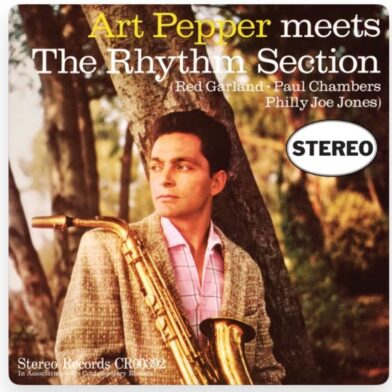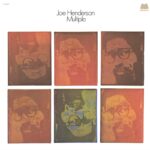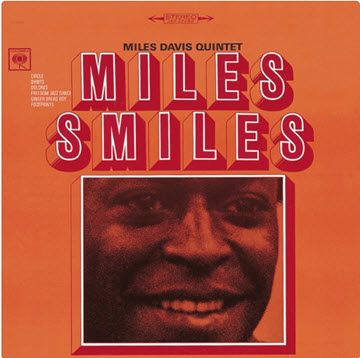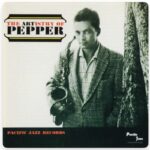
Alto saxophone virtuoso Art Pepper teams up with Miles Davis’s rhythm section to produce a timeless masterpiece.
The second half of the nineteen fifties was an exciting time in the world of jazz, particularly for saxophone artists. Ray Charles led a big band featuring altoist Hank Crawford and tenor player David “Fathead” Newman. Cannonball Adderley was working his newfound magic for Miles Davis. John Coltrane became a major voice. And then there was Art Pepper, who had escaped the long shadow of Charlie Parker’s influence with his unique ability to swing and play fast in a style all his own.
He came from a troubled background in California: both of his parents were vicious alcoholics, and the young Pepper was sent to live with his grandmother. He showed an early talent for music and began with the clarinet. By the time he was 17, he was playing professionally with Benny Carter.
His goal in music, he stated, was to “to be the world’s greatest alto saxophone player ever.” He had an aptitude for complex music, but could also deliver an exquisite tenderness on lyrical ballads. His sound was recognizably pristine, with a sense of joy pervading every piece he performed. His experience with Carter, with Stan Kenton, and black groups in Los Angeles gave him a feeling for cool jazz, and a reputation for sharp, measured phrasing known as “West Coast cool”. Tones were softer than bop, which non-jazz fans had often found difficult to enjoy. Art Pepper was hailed by Downbeat Magazine in 1952 as the second best alto player in the nation. His popularity and career seemed assured.
The one problem? – something all too common in jazz musicians of the day: exposure to heroin, which in Pepper’s case led to several prison sentences for addiction over the course of his career. He relapsed and recovered more than once. It was early in 1957, after he had not played for 6 months, that his record label arranged a recording date with the legendary backing group of Miles Davis: pianist Red Garland, bassist Paul Chambers, and drummer Philly Joe Jones. They were called “the hottest rhythm section in East Coast jazz”.
Clearly inspired by musicians he revered, Pepper responded to the occasion by playing with both precision and controlled abandon. The resulting album, Art Pepper Meets The Rhythm Section, is widely known as Pepper’s finest work. His version of the opening cut “You’d Be So Nice To Come Home To” sets the stage for a virtuosic performance from all four players. Garland’s piano sparkles, while Chambers’ standup bass is a subtle groove throughout. From beginning to end, the album is a delight, containing several standards and an original collaboration between Pepper and Johnny Mandel as well as two others with Garland and Chambers.
Special mention must be made of the outstanding drumming of Philly Joe Jones. The subtlety, the power, and the tonal palette of his playing places him in the top echelon of jazz drummers, along with Kenny Clarke and Max Roach.
The recording quality is marvelous, particularly in the spaciousness allowed each player, and in the clarity of the interplay between them. This is one of the great jazz albums of the 1950s, sounding as fresh today at it did nearly 70 years ago.
Art Pepper fortunately began methadone therapy in the mid 1970s and was able to resume both recording and touring, which was highly successful among European and Japanese audiences. He died of a stroke in Los Angeles in 1982 at the age of 56, his reputation secure among jazz fans to this day.




